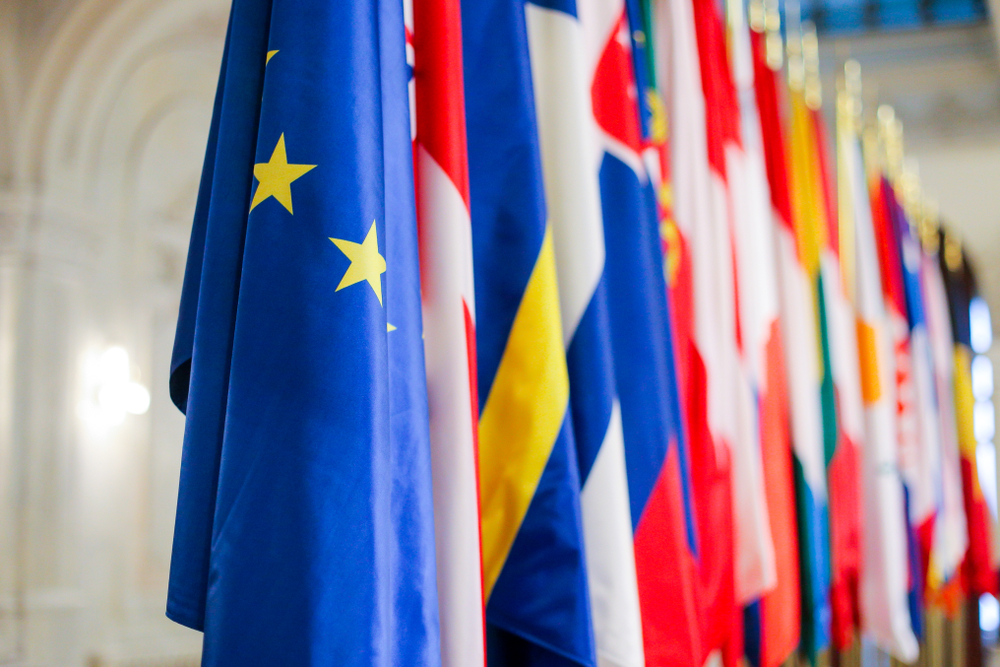
© Mircea Moira/Shutterstock
Definition
Every six months, the European Commission conducts country reviews. It checks that they have punctually met the deadlines defined in their respective recovery and resilience plans (RRPs). Only after this check does it proceed to disburse the agreed funds.
This procedure is defined within the operational arrangements that each member state has signed with the commission. The procedure requires quarterly talks between Brussels and the national government to monitor the progress of the plan, and defines the mechanisms for verifying the achievement of individual milestones and targets.
The evaluation process begins when the member state submits its funding request to the commission. After receiving the request, the commission prepares an evaluation document within two months, and asks the economic and financial committee – composed of two representatives per member state – to give its opinion within four weeks. If the committee identifies serious shortcomings on the member state’s side, it can request that the request also be examined by the European Council. In addition to the fulfilment of milestones and targets, it is also verified that all measures implemented to meet past deadlines have not been subsequently revoked. This is also a condition for funding.
At this point, the commission is asked to decide whether to disburse all of the earmarked resources, or whether to send only part of it, in case deficiencies or irregularities are confirmed. In the latter case, the rest of the funds are suspended and the state involved has six months to meet the overdue deadlines. If this is not done, the commission may decide to reduce the total amount directed to that national plan. It should be noted that in cases where some milestones or targets prove impossible to achieve due to objective conditions, national governments have the option of submitting a revised version of their respective RRPs.
To make these decisions, the commission follows what is known as comitology: a set of procedures that invite it to give strong consideration to the views expressed by the committee, while not forcing it to do so. The commission is in fact free to vote by simple majority when unanimous consent cannot not be reached, even if the latter remains the preferred option. Since this is a political body, one can say that the final decision on the disbursement of funds is primarily political, insofar as it is determined exclusively by the votes of individual commissioners.
Data
To date, only Italy and Spain have received the third tranche of funding. It must be said that these two countries are also the ones to which the Recovery and Resilience Facility allocates the most resources overall: 191.5 billion euro to Italy, and 69.5 billion euro to Spain. Receiving more funds is linked to more measures and deadlines to be fulfilled. As a result, it is logical that Italy and Spain request and receive new instalments every six months, while other countries with less substantial plans do not. Thus, there is no indication here of greater or lesser ability to implement the plan.
21 other member states have received pre-financing, amounting to no more than 13 percent of the total amount earmarked for each RRP. 19 countries received their first instalment, while seven received their second.
Analyses
The process of six-monthly verification of plan implementation and subsequent disbursement of funding will continue until 2026, following the mechanisms we have described. This includes the practically exclusive prerogative of the European Commission in deciding whether to send resources or not.
The slippage of this process to a more political than technical level has consequences: it places the National Recovery and Resilience Plan at the centre of broader negotiations related to other policy issues. For example, over time some crucial aspects of the Italian RRP – such as the call for agenda changes – have become intertwined with other negotiations between Rome and Brussels. These include the ratification of the reform of the European Stability Mechanism (ESM) and that of the Stability Pact, and even the June 2024 European Parliament elections.
Furthermore, in addition to the other factors at play, there is a more general consideration for Italy. This is the member state to which the most resources are allocated for the National Recovery and Resilience Plan. The failure of the Italian plan would therefore constitute a failure for the entire European project. The commission, first and foremost, has an interest in avoiding this outcome and thus in assessing the Italian efforts in a less strict manner.
However, these mechanisms are likely to have an impact in the long run, especially on the ability to return borrowed funds, for those countries that requested and received them. In fact, as Openpolis explained in other analyses, the economic resources that the EU has allocated to member states are not only grants (338 billion euro), but also and above all loans (385.8 billion). The idea that fuels the recovery and resilience framework is that by completing all the planned interventions, the countries in question will experience a development process that will enable them to pay back the money they have received on loan. This assumption clearly entails great expectations and responsibilities, especially for those states like Italy that receive the greatest sums. All the more reason, then, for stricter technical monitoring by the European institutions – of the actual fulfilment of deadlines and planned measures, as well as the concrete implementation of projects and interventions.
Original source: https://www.openpolis.it/parole/come-lue-verifica-lattuazione-dei-pnrr-negli-stati-membri/
